Engine Pistons: How do they work?
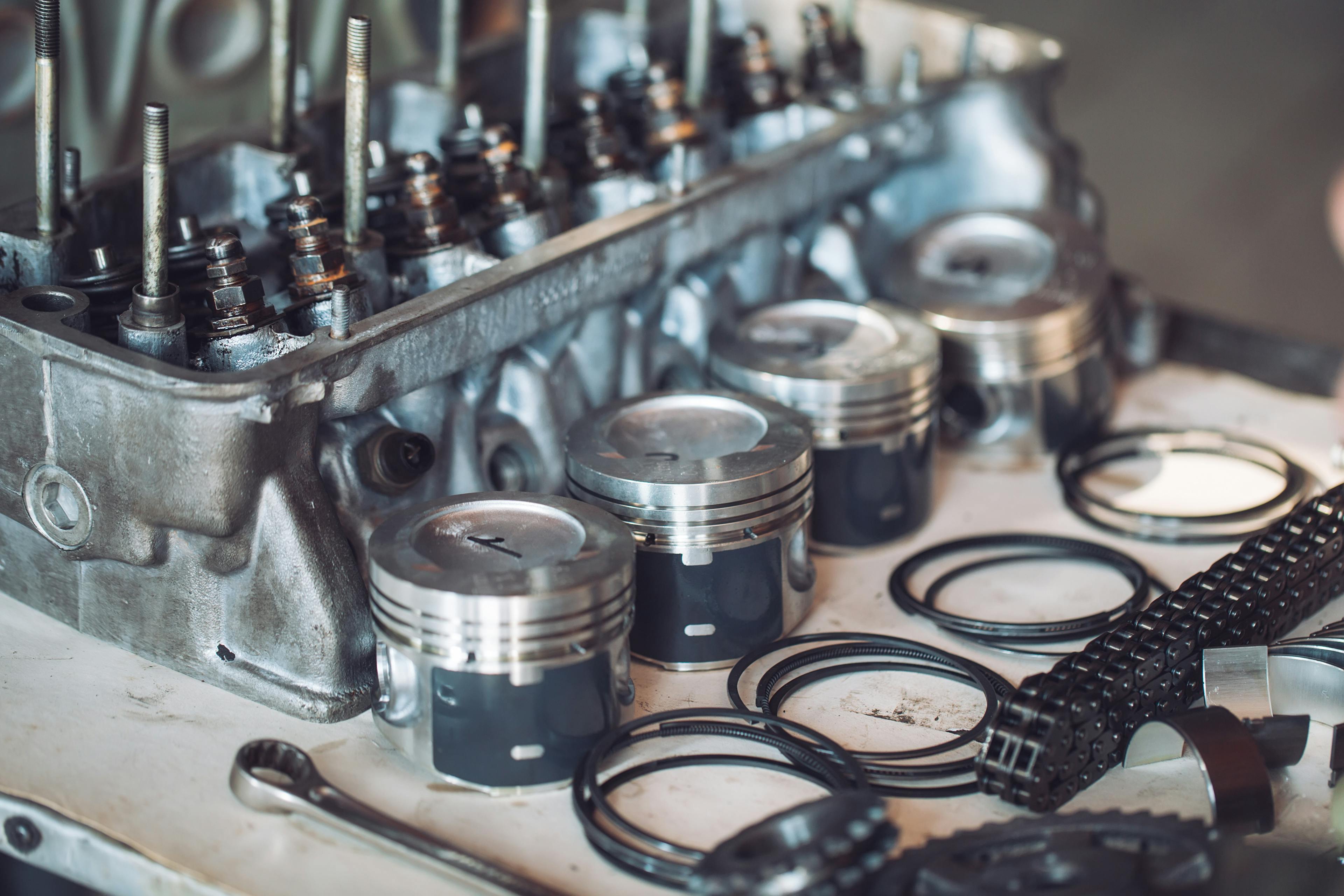
Pistons are a fundamental part of a piston combustion engine. The engine pistons mediate energy transfer between the combustion chamber and the moving mechanism connected to the pistons.
This article will shed light on pistons' function, construction, material, and what forces they need to withstand.
Table des matières
Engine Pistons Function
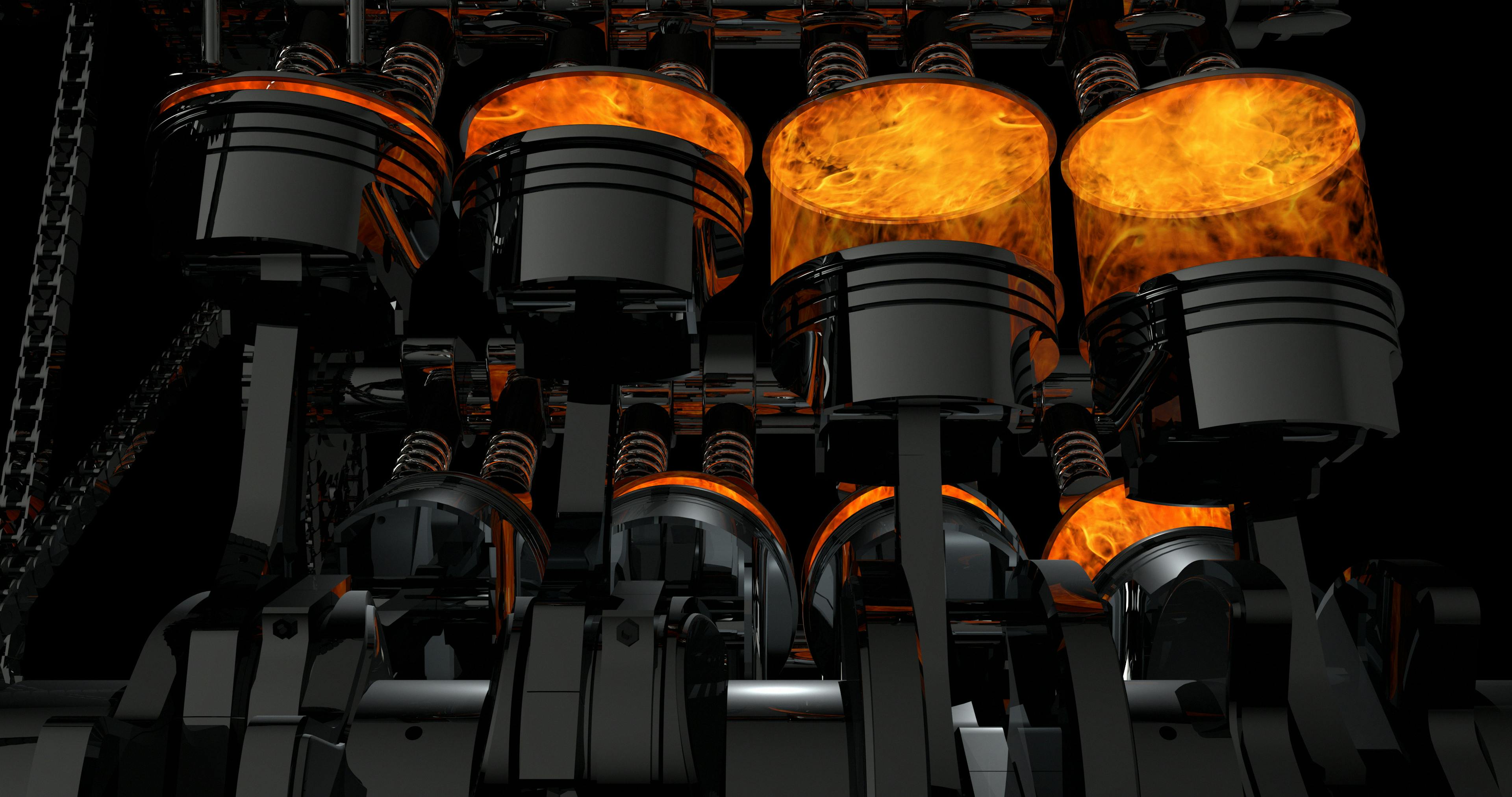
Combustion engine pistons are one of the most stressed components in an engine. They have to endure a lot of stress caused by very high temperatures (approx. 2000°C or 3600°F) and great pressure, which is even higher in diesel engines than gasoline engines. Thus the pistons are stressed mainly by the pressure and temperature.

Crankshaft: What is it for, and what forces must it withstand?
In addition, the pistons of the internal combustion engine must rotate the crankshaft with the help of connecting rods and capture the expansion pressure of the gases with their surface. Another job of the pistons is to separate the combustion chamber from the crankshaft chamber.
The pistons must seal well but not too much to maintain a gap between the piston skirt and the cylinder wall. The pistons must be smaller than the cylinder (hundreds of millimeters) - otherwise, they could seize or crack. This is because of the thermal expansion of the materials.
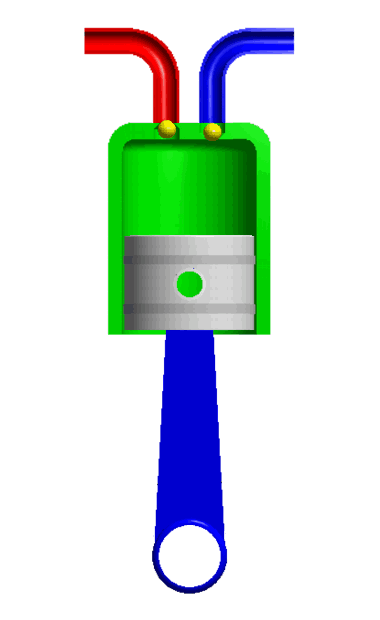
Look closely at the animation of the piston movements above and notice a tiny gap between the piston skirt and the cylinder wall. Two rows on the piston represent the piston rings which are closer to the wall than the piston itself.
Engine Pistons Construction
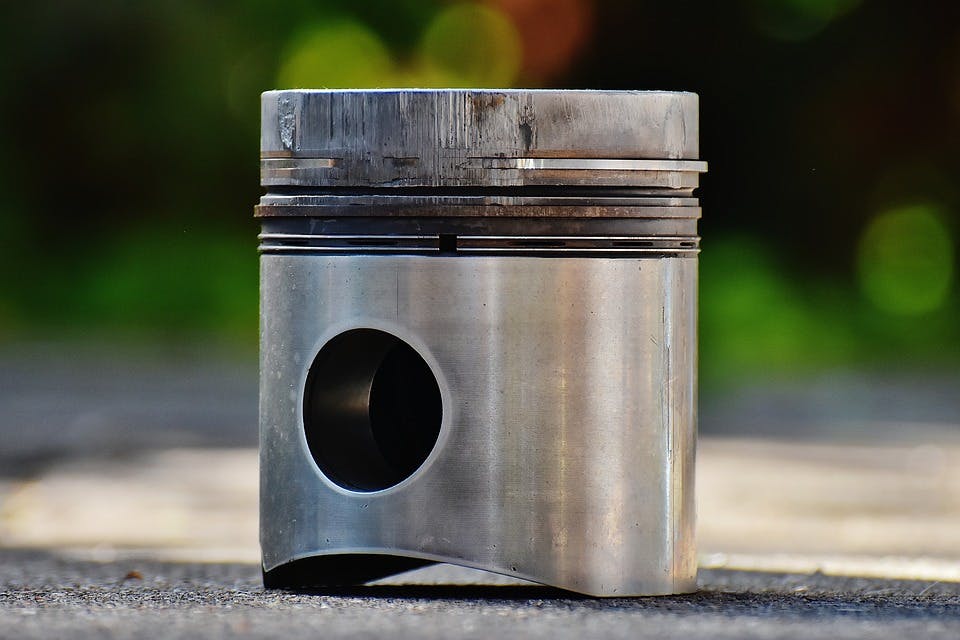
The piston of an internal combustion engine consists of several parts:
Piston crown/head
Piston skirt
Gudgeon pin or piston pin
Piston rings
1. Piston crown
The piston crown, known as the piston head, is the surface on top of the piston. It needs to withstand very high temperatures and pressure within the combustion chamber.
2. Piston skirt
The piston skirt is a piston's cylindrical wall and must remain lubricated while the engine operates, i.e., when the piston moves up and down. To retain lubrication, the surface of the piston skirt is slightly rough.
3. Gudgeon pin

The gudgeon pin is known as a piston pin or wrist pin. It is a short, hollow rod usually made of a high-strength and hard steel alloy. This pin connects the piston to the connecting rod and also provides a bearing for the connecting rod.
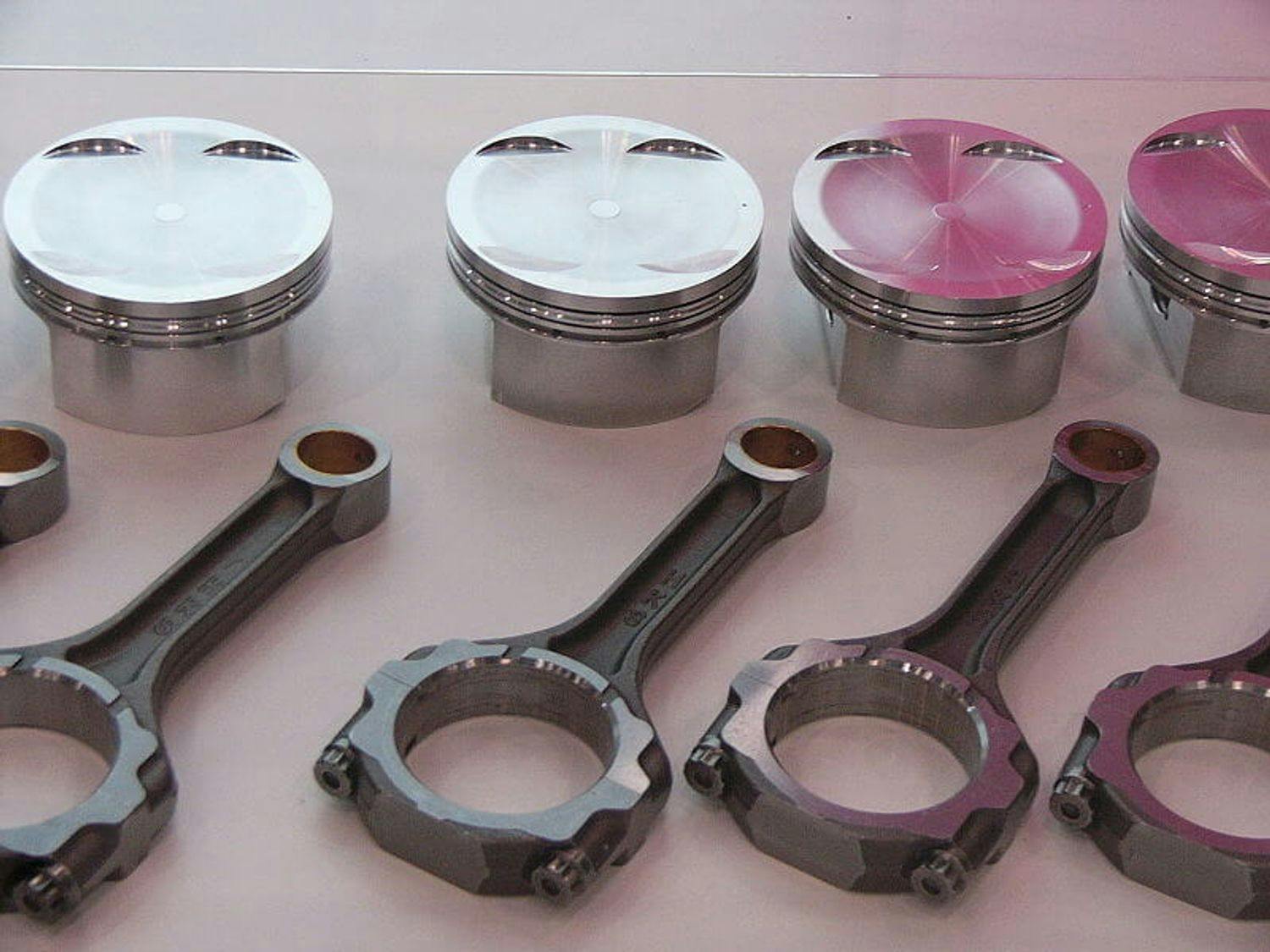
Connecting Rod: What is its function?
The gudgeon pin's design is crucial to an engine's performance, particularly in small, high-revving automotive engines. In these engines, the gudgeon pin must withstand high loads and stresses while operating at high speeds.
4. Piston rings
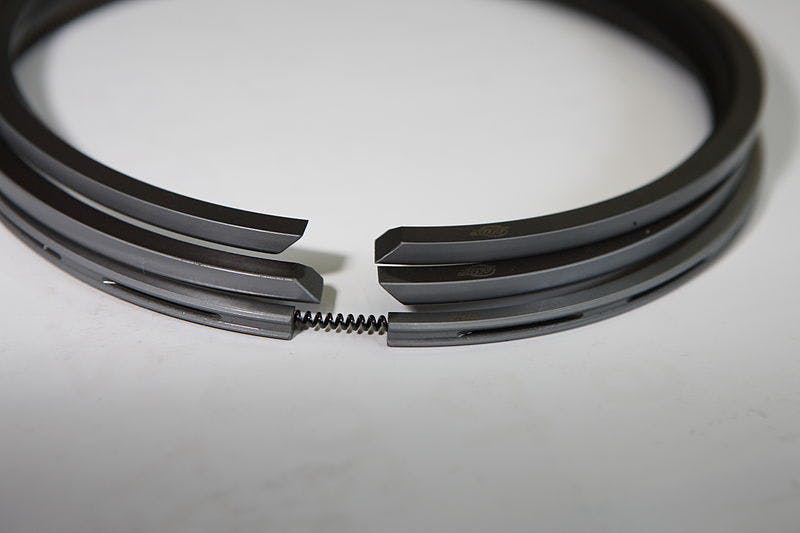
The piston is equipped with rings to seal the cylinder and prevent loss of compression and oil leakage. Piston rings are placed in the piston grooves with a certain clearance to ensure proper piston skirt and cylinder walls lubrication.

Piston Rings: What are their function and types?
Usually, two to three-piston rings are mounted on one piston. There are two types of piston rings:
Compression ring - The top two rings (only one in case the piston has only two rings) seal the combustion chamber by pressing against the cylinder wall.
Oil control ring - The bottom ring, known as the oil control ring, has three functions: control the engine oil supply to the cylinder, lubricate the piston skirt, and keep the excess oil out of the combustion chamber.
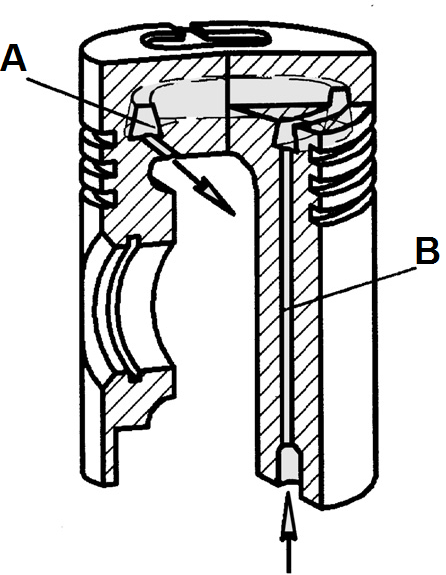
Types of Pistons
There are three types of pistons, each with a different shape and function: flat-top, dome, and dish.
Flat-top pistons
Flat-top pistons have a flat top surface, which allows them to create the most force and produce efficient combustion. However, they can create too much compression for smaller combustion chambers.
Dome pistons
Dome pistons, on the other hand, bubble in the middle like the top of a stadium, which increases the surface area available on the top of the piston. This design increases the compression ratio, although the dome piston design can vary. Some of the dome pistons suffer from slow burning.
Bowl pistons
Bowl pistons are opposite to dome pistons and, as the name suggests, have their top shaped like a bowl or dish with slightly curling outer edges. This design helps avoid detonation since it reduces the compression ratio by adding the additional bowl volume to the chamber. These pistons are usually used in turbocharged or supercharged engines.
Difference Pistons Height
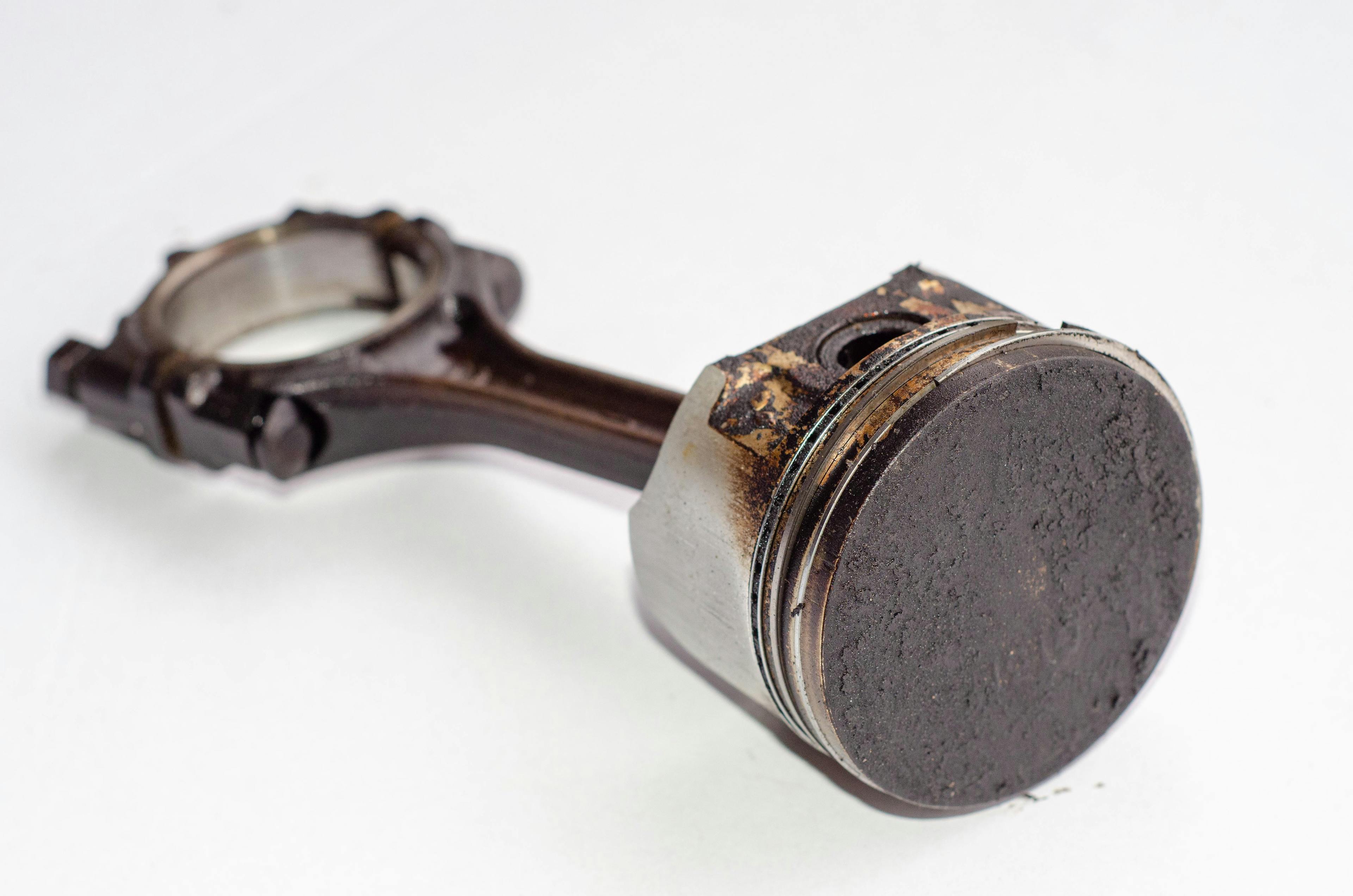
Among other things, the height of the piston results in different properties. A high piston is heavier than a low one. In high-speed engines, much shorter pistons are used than in conventional engines precisely because of their lower weight.
Gasoline engines generally have pistons with shorter strokes than diesel engines. Hence, a gasoline engine's piston usually completes its stroke in a shorter time than a diesel engine's piston. However, petrol engines have lower efficiency than diesel engines due to their lower compression ratios.
The disadvantage of very short pistons is increased engine oil consumption because such a piston cannot perfectly seal the combustion chamber.

Engine Oil Classification Explained
Engine Pistons Material
Pistons are often made of aluminum, silicon, copper, nickel, and magnesium alloy, but other materials can also be used. Pistons used in racing are far more solid than the pistons for passenger car engines, while their weight is much lower to achieve the high engine RPM.